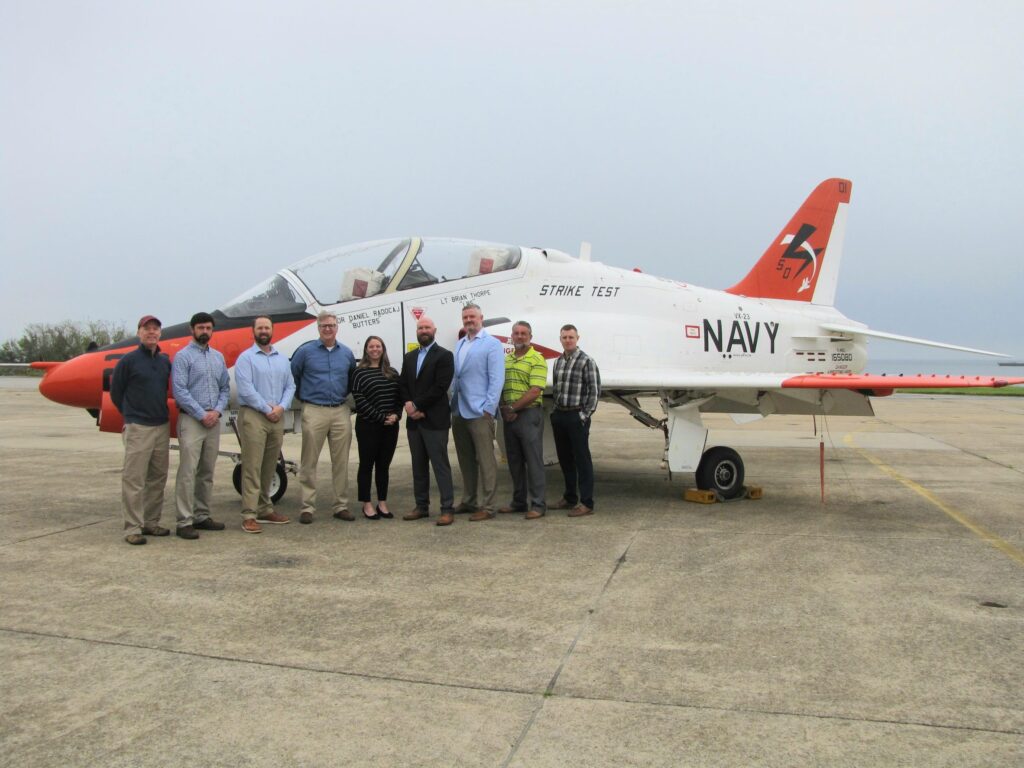
PATUXENT RIVER, Md. — The Navy’s Air Combat Electronics program office (PMA-209) recently completed the first test flight of the T-45 trainer aircraft’s Mission Computer Alternative, intended to improve readiness for the legacy system, the Naval Air Systems Command said May 31.
PMA-209 collaborated with the Naval Undergraduate Flight Training Systems program office (PMA-273), which manages the T-45 aircraft, and Air Test Evaluation Squadron (VX) 23 to execute the March 30 flight at Patuxent River and test out the design replacement for the existing Mission Display Processer.
“The flight was flown successfully, proving MCA is on the right track,” said Lt. Alex Mensing, VX-23 test pilot. “We know what needs to be improved and will continue to work together to bring an accurate and reliable system to the fleet.”
PMA-273 sought out MCA as a mission computing solution primarily to address the potential obsolescence issues the Navy may face on an aging platform. They plan to leverage the MCA to support additional capabilities such as required navigation performance/area navigation.
The MCA is a Hardware Open Systems Technologies-conforming mission computer that drastically reduces schedule for regular hardware and software updates associated with mission computing. It can be economically and rapidly adapted to support platform requirements and processing needs. The system is on track to provide required navigation performance/area navigation in the near future.
“The Navy developed this mission computer technology using OA standards, bringing the government one step closer to getting much needed capabilities and functionality to the fleet cheaper and faster,” said Capt. Margaret Wilson, PMA-209 program manager.
The Navy will leverage investments made during the MCA’s development to support and minimize development cost of future MCA iterations, and lower the hardware and software logistics lifecycle funding footprint by using common, commercial-off-the-shelf hardware and software development designed to OA standards.
- Red Sea Update - April 26, 2024
- U.S. Begins Construction on Temporary Pier to Deliver Humanitarian Aid to Gaza - April 26, 2024
- IKE Carrier Strike Group Arrives in the Eastern Mediterranean - April 26, 2024






